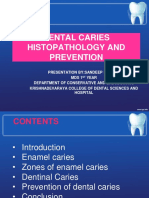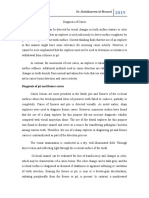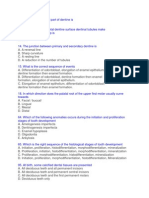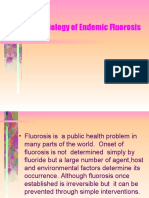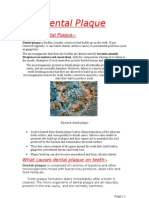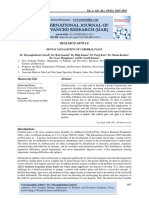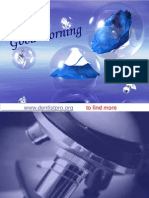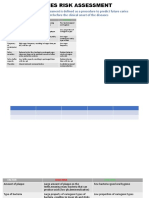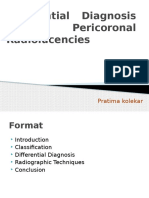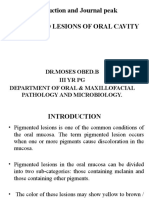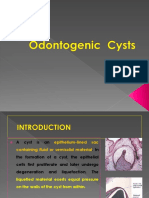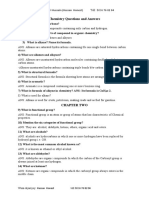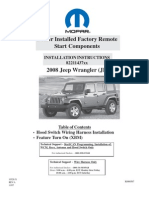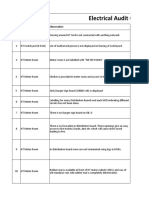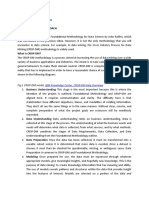0% found this document useful (0 votes)
174 views93 pagesCariology: Presented By-Dr. Neha Sultana Post Graduate Student Department of Conservative Dentistry and Endodontics
This document provides an overview of cariology and summarizes key topics including:
- The classification of dental caries according to site, rate of progression, chronology, and activity level.
- The histopathology and microscopic progression of enamel caries, from initial subsurface lesions to cavity formation.
- The histologic zones and mineral loss that occur in white spot lesions and active enamel caries.
- The progression of caries from enamel into dentin, including reactive dentin formation and tubular sclerosis as defensive mechanisms of the pulpo-dental complex.
Uploaded by
Shailja KatiyarCopyright
© © All Rights Reserved
We take content rights seriously. If you suspect this is your content, claim it here.
Available Formats
Download as PPTX, PDF, TXT or read online on Scribd
0% found this document useful (0 votes)
174 views93 pagesCariology: Presented By-Dr. Neha Sultana Post Graduate Student Department of Conservative Dentistry and Endodontics
This document provides an overview of cariology and summarizes key topics including:
- The classification of dental caries according to site, rate of progression, chronology, and activity level.
- The histopathology and microscopic progression of enamel caries, from initial subsurface lesions to cavity formation.
- The histologic zones and mineral loss that occur in white spot lesions and active enamel caries.
- The progression of caries from enamel into dentin, including reactive dentin formation and tubular sclerosis as defensive mechanisms of the pulpo-dental complex.
Uploaded by
Shailja KatiyarCopyright
© © All Rights Reserved
We take content rights seriously. If you suspect this is your content, claim it here.
Available Formats
Download as PPTX, PDF, TXT or read online on Scribd
/ 93

